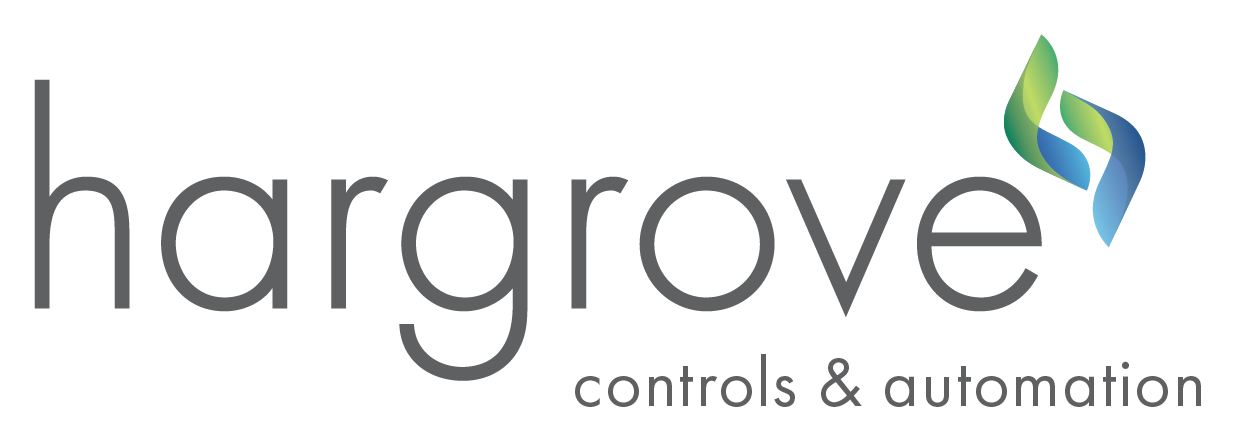How Embedded Resources Alleviate Labor Shortage Concerns

Imagine that you are the manager of a pulp and paper plant wrapping up a DCS migration project with several integrators — each working on various phases from Front End Loading (FEL) to project detail and design. You scheduled your outage and it’s time for startup, but the overall project is not going well.
Now, it’s Friday night. You need four people on site by Saturday morning for the startup. With multiple parties involved, you must consider the risk of conflict or miscommunication among said parties.
How can you find someone to get your facility running quickly and safely?
Labor Shortages Require Adaptation to Challenges
As an aging workforce retires, so does their knowledge, leaving manufacturing plants searching for the right skillsets to fill in the gaps. According to the US Chamber of Commerce, the manufacturing industry lost approximately 1.4 million jobs during the onset of the pandemic with chemicals having the more significant impact due to tight budgets, low margins, and high turnover.
With the retirement of your experienced workforce, human resources is in constant motion to fill roles that meet the needs of manufacturing leaders, putting strain on the remaining workforce tasked to undertake these roles.
The limited workforce creates other obstacles and risks such as lack of accumulated experience and coverage of scheduled shifts affecting outages, change orders, and schedule delays.
What happens if you can’t find someone with the right skillset to hire and current in-house resources are also lacking? How can you operate your manufacturing facility with minimal staff while addressing day-to-day troubleshooting or production issues?
Embedding Resources to Augment Staff
The combination of labor shortages and budget constraints pushes manufacturing leaders to adopt strategies that reduce workloads for their current workforce and therefore reduce turnover. Embedding resources to augment your staff provides qualified team members to keep your plant running.
System integrators and related contractors, knowledgeable in a variety of technologies, can provide site support solutions. Seconded resources provide plant managers an engineer or project manager with process experience who can understand and troubleshoot startup and day-to-day issues.
Ideally, you should find a system integrator capable of using local resources to reduce or eliminate travel costs and enable rapid response times in critical needs situations. Inquire about short-term and long-term contracts, depending on the needs of your project.
Short, 3 to 6-month assignments are beneficial if you need to fill a role until you are able to find a suitable replacement, and your embedded staff can help train as new personnel come onboard. Longer assignments create consistency, including gained knowledge of systems and process or manufacturing requirements. System integrators will also have the option of extending annual contracts.
Remote access is another option, giving you the choice of limiting access to your data or granting access as needed at any time. This allows for quicker response times to issues on the plant floor as well as reduced costs to the client.
Advantages of Using Embedded Resources
By augmenting your staff, you save time—not exerting effort into hiring your own personnel. Maybe it’s not in your budget to hire for an internal position, but you are able to justify an external cost. This is a cost-effective solution that circumvents your hiring constraints and allocates different budgetary funds (labor, capital, maintenance, or expense) to personnel resources.
Embedded resources also reduce risk in areas of outages, delays, and costs to run and maintain your plant. These risks include nonfamiliarity with system processes and emergency staff coverages. On-site support can troubleshoot problems as they arise.
Additionally, when you hire a 3rd party, you avoid human resource issues like laying off staff. Once the contract is complete, you can end the relationship or opt to extend it.
Know the Risks and How to Mitigate Them
Despite all of the benefits, there are, of course, inherent risks in bringing 3rd party personnel on to your site. To mitigate mistakes, find a system integrator you trust. Do your due diligence. Work with your system integrator to identify potential candidates that meet the credentials of the role, review resumes, and interview qualified candidates. Once you have secured a resource, train them properly in your processes and operations.
If you are allowing remote access to your site, ensure safety measures are in place such as firewalls and security protocols. Set standards and expectations for contractors so they are only allowed to do what they have been asked to do and nothing more. Actively monitor access in real time and log activities so you know what is going on in your system.
Partnering with a System Integrator
For manufacturing leaders, embedding resources saves time, reduces overall risk, and avoids long-term HR problems, offering a viable option as the industry endures labor shortages and budget constraints.
As a leading system integrator, Hargrove Controls & Automation has the depth and the experience across multiple control systems to offer local seconded resources to help with your projects for short and long-term assignments.
With local offices throughout the country and an extensive resume in process-driven industries, Hargrove can recruit roles in plant maintenance, operations, HSE (Health, Safety, and Environmental), process controls, procedural writing, troubleshooting, and project management. For remote access solutions, Hargrove can help design and implement while maintaining the security of your data.
To Team with Hargrove and learn more about our capabilities, visit our website.

